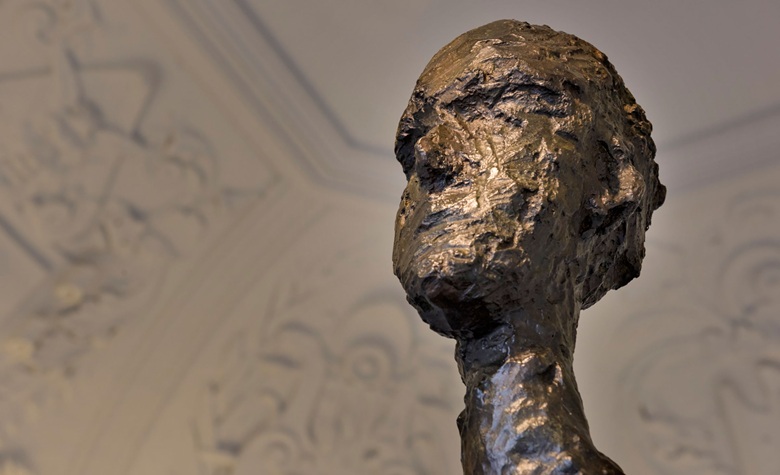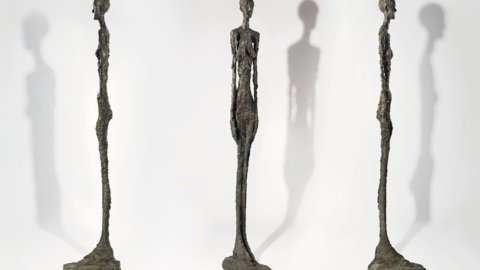Sculpture, as we well know, enters collecting second only to painting and this for several reasons: the first, the dimensions which can sometimes require a large space, and better if you walk around it; the second, a different sensitivity to the three-dimensionality that characterizes the sculpture which places it more for public use.
In past centuries sculptors used only materials that lend themselves to being modelled, such as clay. Or harder material such as stone or marble which, however, under the skilled hands of a stonemason could be transformed into harmonious shapes. While today, modern sculptors have expanded in the use of materials, such as steel or resins up to biological substances perishable over time.
In ancient times the term "artifex" referred to both the artist and the sculptor, while the term "operarius" was addressed to the worker. But often, they were coined into a single figure capable of modeling and shaping matter. Thus also the Castilian stonemason and the French sculptors belonged to the same class, they were equally worthy of representation.
In full Renaissance, Donatello he was called "scarillator" or stonemason, while Leonardo, in his Comparison between the arts, without hesitation placed "painting above sculpture". And while da Vinci meditated on the principles that governed the activity of sculpture, Michelangelo, twenty-three years his junior, created his most beautiful sculptural works. Let's remember then Cellini, Vasari, Pigalle, Bouchardon, Or the Bernini. Later, Falconet e Canova, to get to the nineteenth century with Rodin e Hildebrand. In the following century, the twentieth, the forms are influenced by the historical period. The works must range over time, space and must get rid of any excrescence until they become aware and pure in an all-round complex form such as that of Moore, Harp, Boccioni. Space thus becomes one of the fundamental attributes of sculpture in this last century.
Today, sculpture is planning and drawing in space with the help of new methods, using this space and building with it, as if it were a new generation material. Hence the new sometimes performative forms such as those of Anish Kapoor or contextualizing the symbology that has entered our new world, you see Jeff Koons, with its large hearts in welded and colored metal that look like balloons inflated and suspended in the air.
The passion for, on the other hand, is different Giacometti (October 10, 1901 – January 11, 1966) involving collectors from all over the world. His works are among the most favorite today, never monumental in size but immense in significance.
Giacometti, was also inspired by Auguste Rodin and an example of this is the work "Man walking": sculpture conceived as the prototype of the man who through the storm of the man who has known hell bringing back only skin and bones, like a reduced spectrum where there is an exasperating imbalance.
The philosopher Sartre defines the sculptor as the essential artist par excellence and considers him the author of a Copernican revolution in the field of art, placing Giacometti at the center of a new philosophical context.
Today his slender figures are placed in the largest museums and are increasingly sought after by collectors and by lovers of works "shaped by matter".

The sculpture “Grande femme II”, was sold at a European avant-garde art auction by Christie's in Paris for 25 million euros. The buyer is a private collector who has requested anonymity. The auction house, in a press release, explains that Giacometti's sculpture has won the record for a work of art sold in France at auction.





